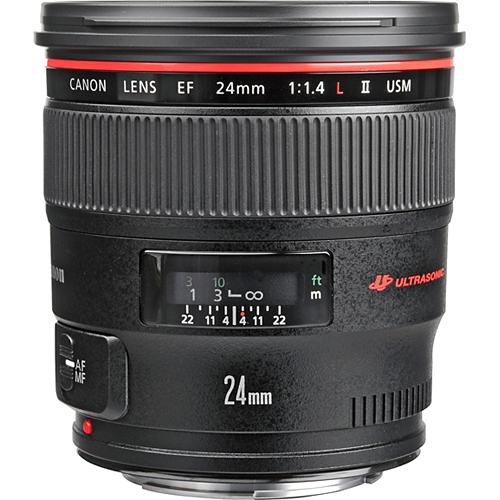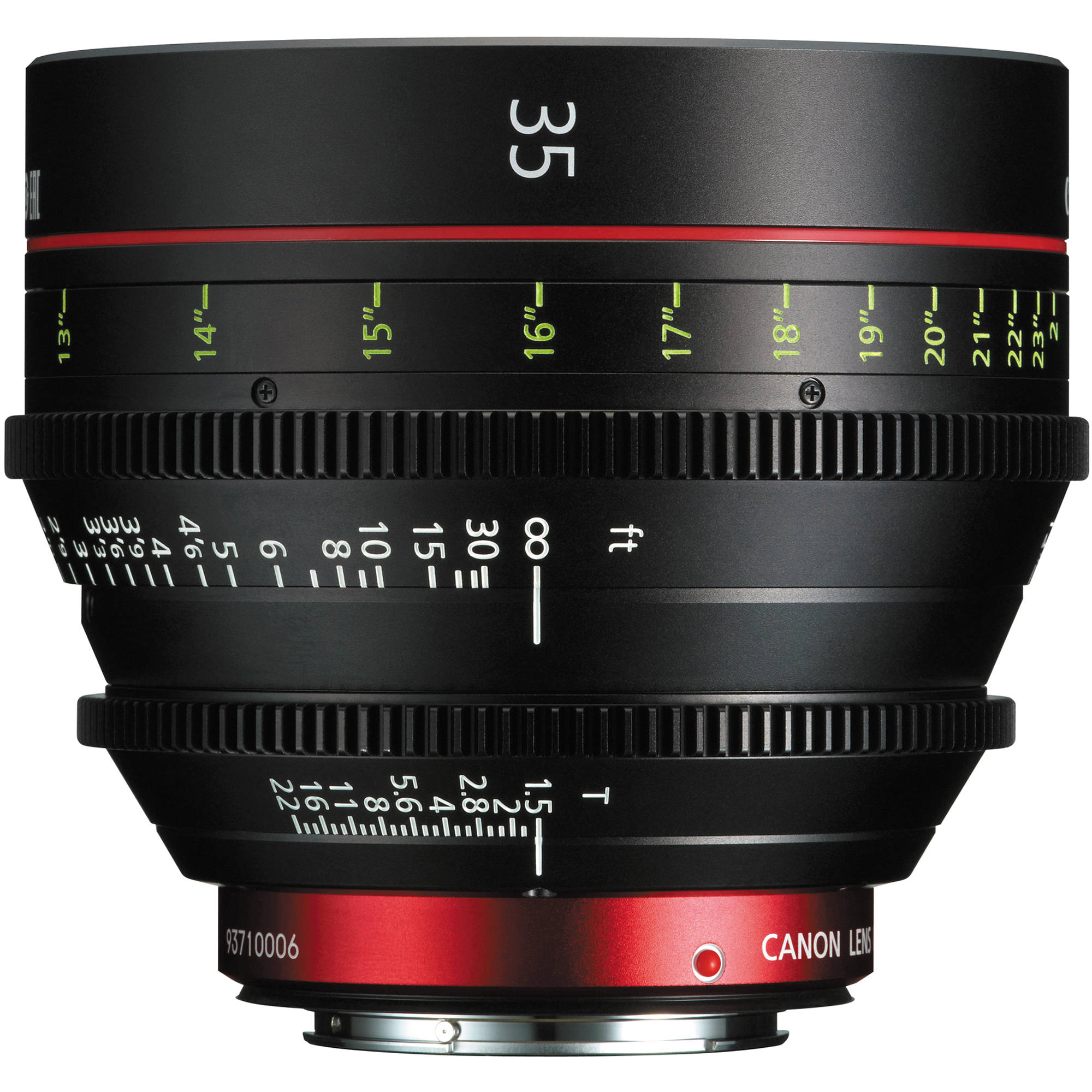Finding your focal length / Shooting with primes.
I love to shoot on prime lenses, in many ways I think of it as a luxury. Certain jobs will force me to use zoom lenses, due to the nature of the filming, or time constraints, but whenever I get the chance, I'll always switch back to a prime. They look nicer, they are faster and they give your pictures that extra bit of punch.
So which focal length is best? When it comes to prime lenses we would all like to own a giant set with every possible lens. Even if you do have the cash to buy a vast number of lenses, transporting them around isn't always practical, so inevitably we have to make some decisions and find a few favourites.
24mm

A lens around 24mm (manufacturers vary their sizes around this size) is great for those wider, story telling shots. People often wonder which lens is closest to what the human eye sees. This is a tricky thing to discern as the human eye isn't much like a camera lens, the eye sees just a small part of detail in focus and the brain fills in the rest of the detail. That said, 24mm on a super 35 crop is fairly close in terms of magnification to what the human eye sees. Instead of zooming in, you just have to walk closer to your subject. Shooting wide hand held means any wobble is less visible, so it is very useful if you have a lot of tricky fast action to follow.
35mm

I am a big fan of the 35mm lens on a Super 35mm chip camera. This focal length is pretty close to a 50mm on a full frame camera such as a 5d 1d etc or original 35mm film. It is well documented that Henri Cartier-Bresson spent his entire career shooting on a 50mm (on film, so close to 35mm on a super 35 sensor). He felt that with wider lenses you always have something in the scene that you didn't want. I can see the logic in that. When you shoot with a wider lens you can often get a general scene, tightening up to 35mm forces you to make a decision, forces you to create a composition. This is what I enjoy about the 35mm, it is wide enough to capture general street scenes, but tight enough to force you to make a composition choice, rather than just pointing and shooting.
50mm

I absolutely love 50mm lenses on super 35 chip cameras. It is probably my favourite lens for a huge variety of reasons. Firstly, 50mm lenses tend to be the cheapest and fastest of all prime lenses in any set, they are great value for money. The next thing is, it is long enough to give you a really nice out of focus bokeh. Wider lenses just can't compete here. 50mm is also about as long as I like to go when shooting hand held video. I might occasionally push in further on a zoom for a small amount of time, but I know I can hold 50mm and get rock solid shots. I also like 50mm for the composition size, it forces you to look at the frame and ask, "what's of interest." If you are following actuality you can get up close and get really nice detail of hands filling the frame or full face shots. You could argue you could do the same with a 35mm, but you'd have to be dangerously close, and if you are filming actuality it is safer to keep you distance. People typically don't want a camera right up in their face either.
70mm
Longer lenses such as 70 and beyond are nice to use on a tripod. I wouldn't go longer than 50mm on most grip gear (jibs, sliders, track or a gimbal stabiliser). I usually find 50mm a touch to wide for an interview, unless you want an unusually wide shot, which can be really nice, but you need to be in a nice location with a decent background for this to work. 70mm will really give you a nice out of focus bokeh when opened up and tends to give great portraiture, without being so close as to make interviewees feel uncomfortable.
Long lenses beyond 70mm
Once you get into the longer lens range, I find that prime lenses don't offer that much more that zooms. Rather than buying several long primes, you may well be better off with a single zoom. Something like a 135mm wide open might give you spectacular shots, but it's worth thinking about how often you will use it, versus something more versatile like a zoom that is a stop or two slower.
